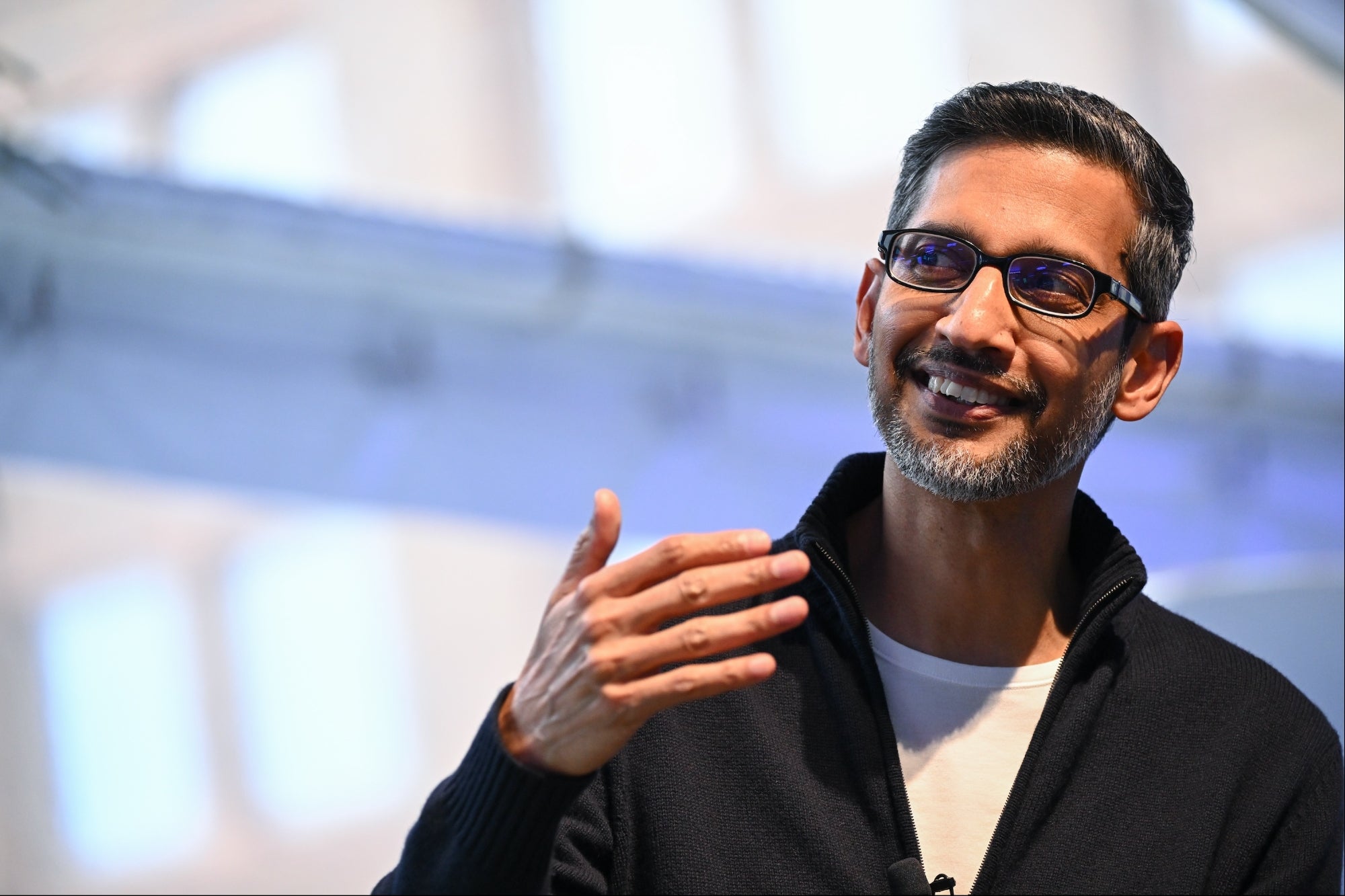Opinions expressed by Entrepreneur contributors are their own.
In today’s crowded, noisy marketplace, trust is dwindling. Consumers are bombarded with ads, tired of empty promises and craving something real. They don’t want more polished sales language — they want to feel connected to the people behind the brand.
That’s where thought leaders who tell stories — not just share strategies — stand out.
People don’t follow brands — they follow stories
Sharing personal stories with honesty and heart builds emotional resonance. It makes people feel something, and more importantly, remember you. Done right, storytelling becomes a competitive edge: It humanizes your brand, builds trust and inspires long-term loyalty.
It’s not about being polished. It’s about being real.
Related: Don’t Be a Boring Brand – How to Create Brand Distinction That Has Everyone Turning Their Heads
Why vulnerability works
Whether you’re giving a keynote, writing a book or recording a podcast, storytelling rooted in vulnerability is magnetic. It’s what makes you relatable. When you talk honestly about the ups, downs and lessons of your journey, you connect on a human level — something no AI, algorithm or marketing hack can replicate.
You don’t have to share every detail. But opening up about what you’ve felt and learned builds credibility far faster than credentials ever could.
Build a library of stories
The best thought leaders aren’t recycling the same keynote or founder story. They develop a system — a “story bank” — full of meaningful moments tied to different themes: leadership, resilience, customer service, creativity, etc.
Not every story fits every moment. But when you have a library, you can reach for the right one — one that resonates with this audience, today.
Ask yourself: What are five stories from your life that taught you something essential? What moments shaped who you are as a leader? Start there.
Three ways to make your stories stick
Here are a few techniques that make storytelling more engaging and memorable:
1. Use self-deprecating humor
One of the fastest ways to connect with your audience is by making them laugh at your expense. Harvard-trained happiness researcher Shawn Achor does this brilliantly in his viral TEDx Talk. He jokes about Harvard and data nerds while establishing his authority — and earns trust by poking fun at himself. Want to establish credibility and likability? Don’t take yourself too seriously.
2. Start with the mistake
People learn best from stories of failure because failure is universal — everyone has faced setbacks. These stories don’t just create relatability; they offer powerful lessons in resilience and crisis management.
The secret? Begin with the stumble — show the struggle honestly—and finish with the clear, actionable takeaway that turns that failure into a roadmap for growth.
3. Add unexpected or emotional details
Want to be unforgettable? Surprise people with emotion or contrast they didn’t see coming. Maybe it’s the CEO who opens a keynote by talking about crying in her car after losing a major client, not because of the money, but because it made her question her worth. Or the entrepreneur who casually mentions that the idea for his $100 million company came during a panic attack in a grocery store aisle.
These moments catch people off guard — not because they’re dramatic, but because they’re honest. They break through the noise and invite your audience into a shared human experience.
Because great storytelling isn’t just about what happened. It’s about how it felt — and why it matters.
Related: Want to Be a Successful Entrepreneur? Fail.
Your story is the differentiator
Your competitors can copy your pricing, your product, and even your playbook — but they can’t replicate your story. And in a world of sameness, that’s your edge.
So next time you speak, write, or create content, don’t just teach.
Tell a story that only you can tell.
In today’s crowded, noisy marketplace, trust is dwindling. Consumers are bombarded with ads, tired of empty promises and craving something real. They don’t want more polished sales language — they want to feel connected to the people behind the brand.
That’s where thought leaders who tell stories — not just share strategies — stand out.
People don’t follow brands — they follow stories
The rest of this article is locked.
Join Entrepreneur+ today for access.







